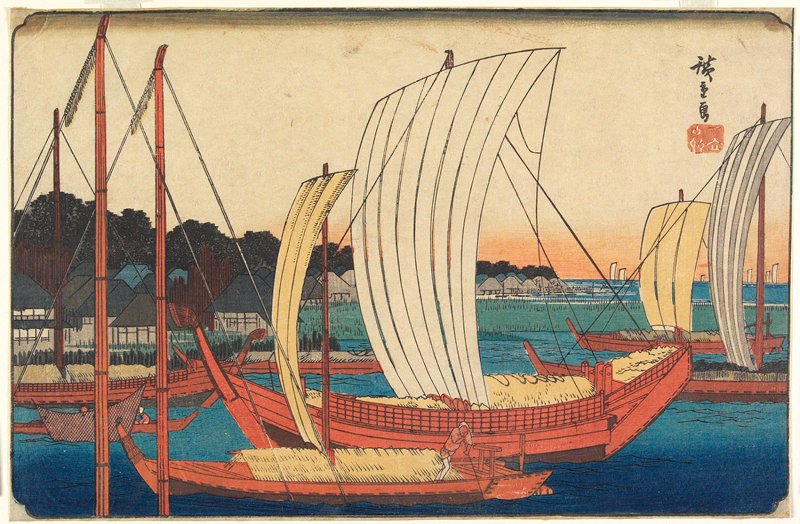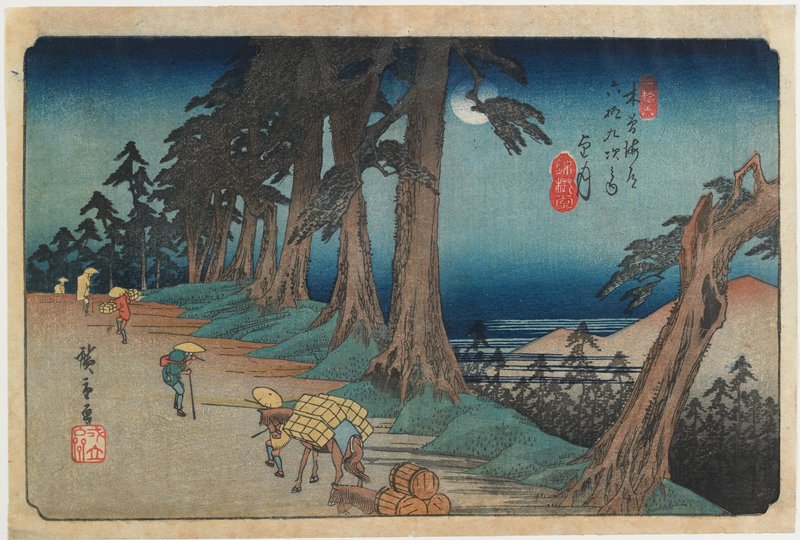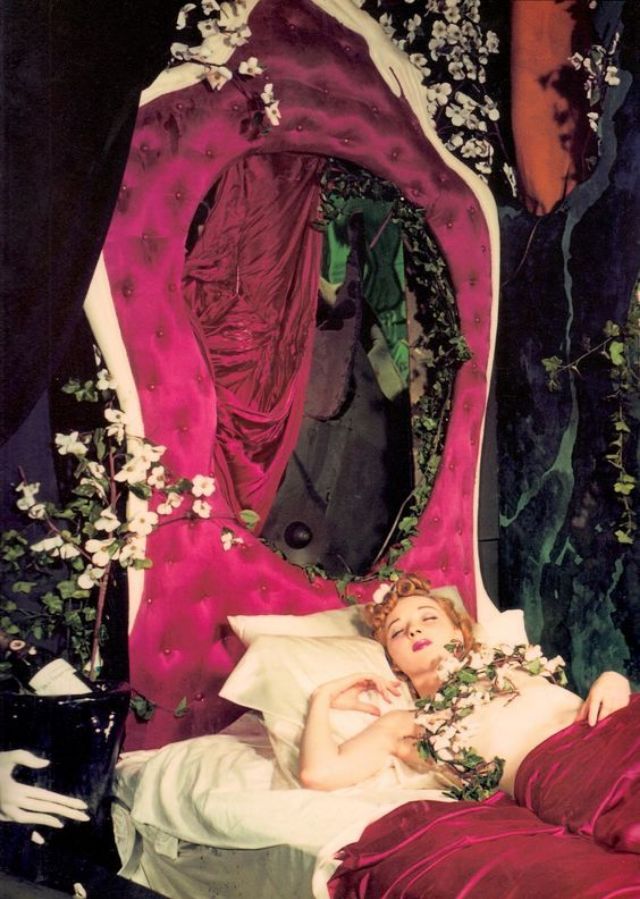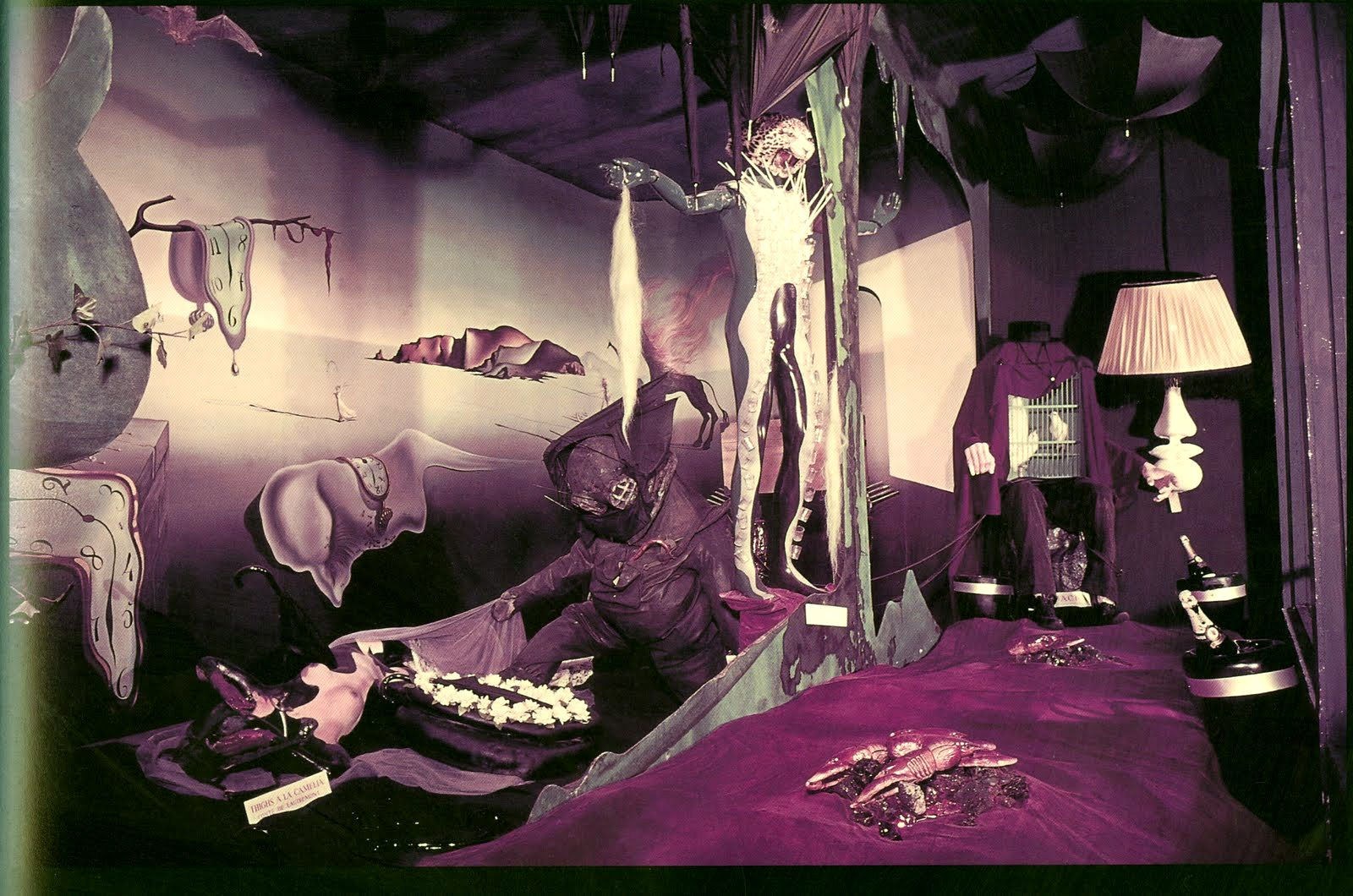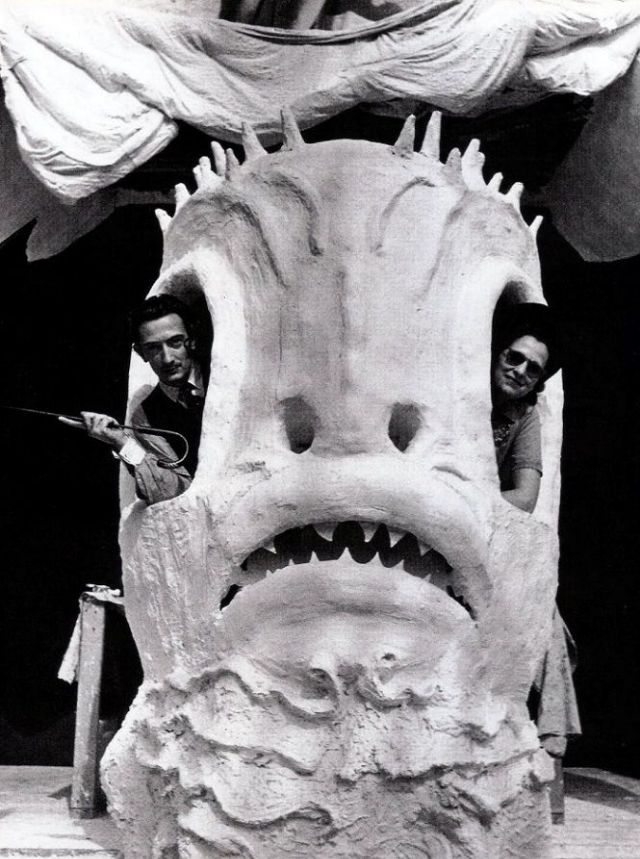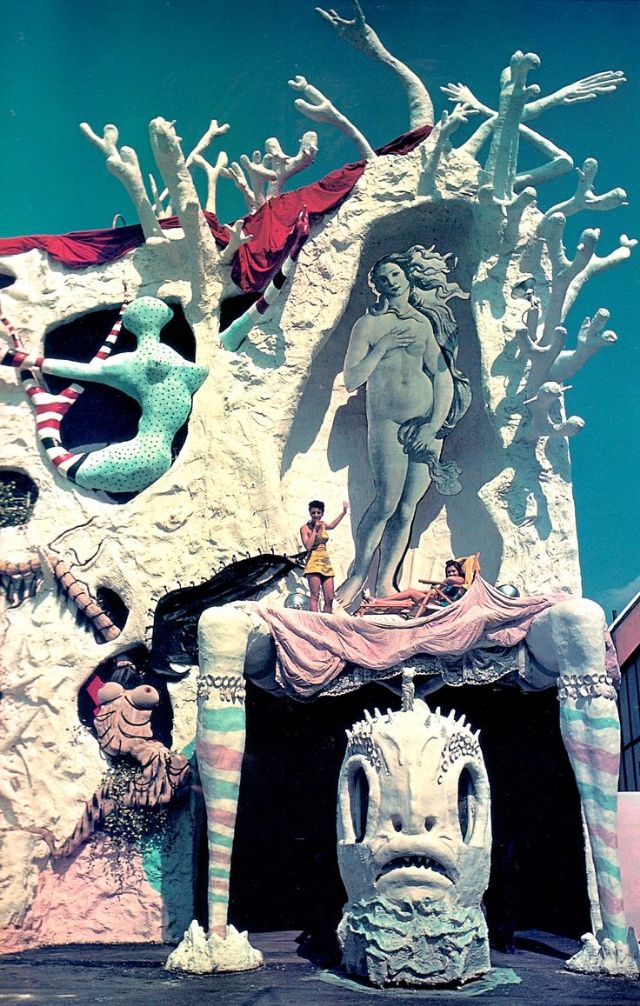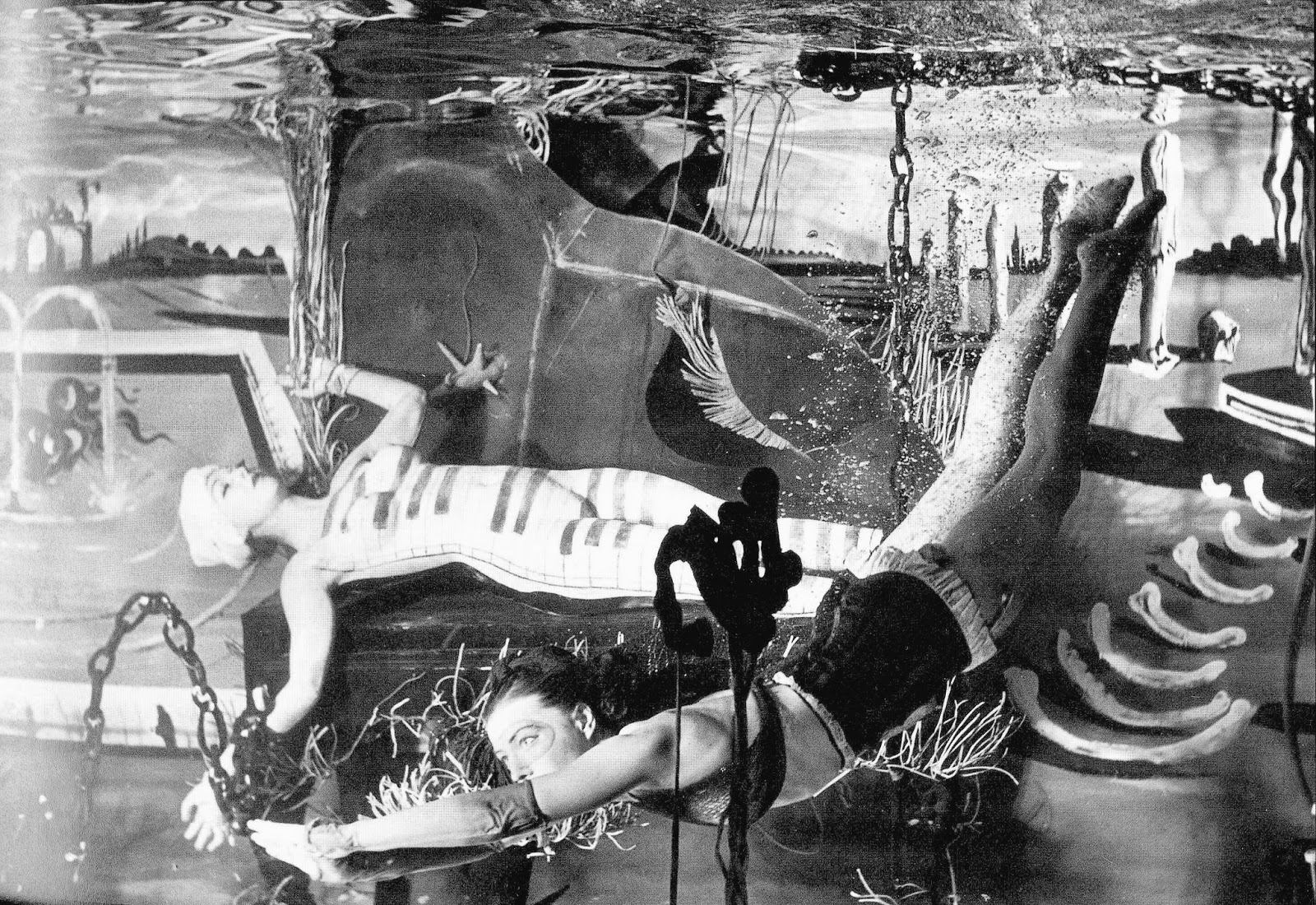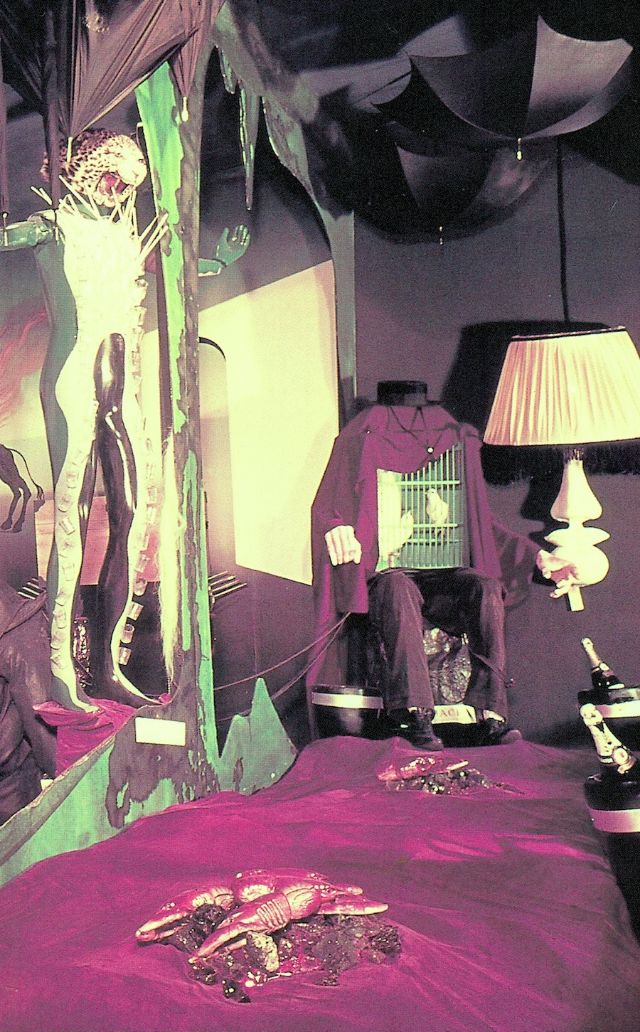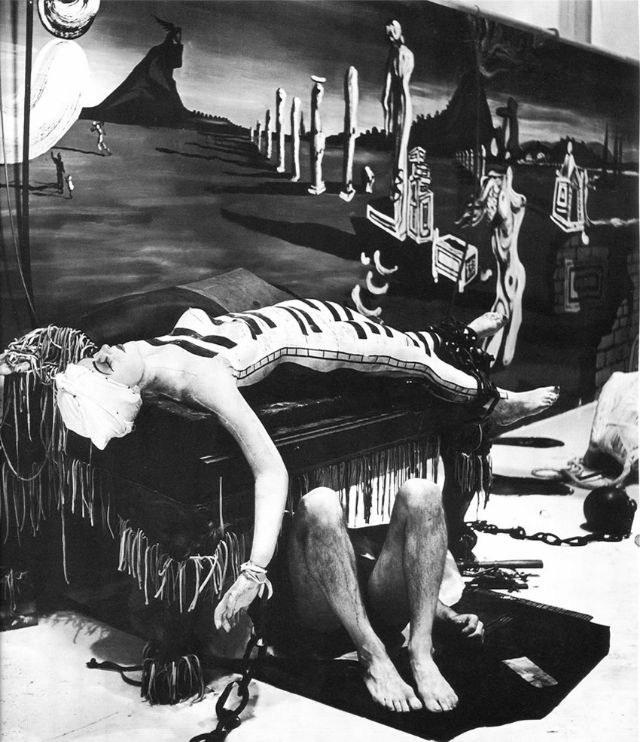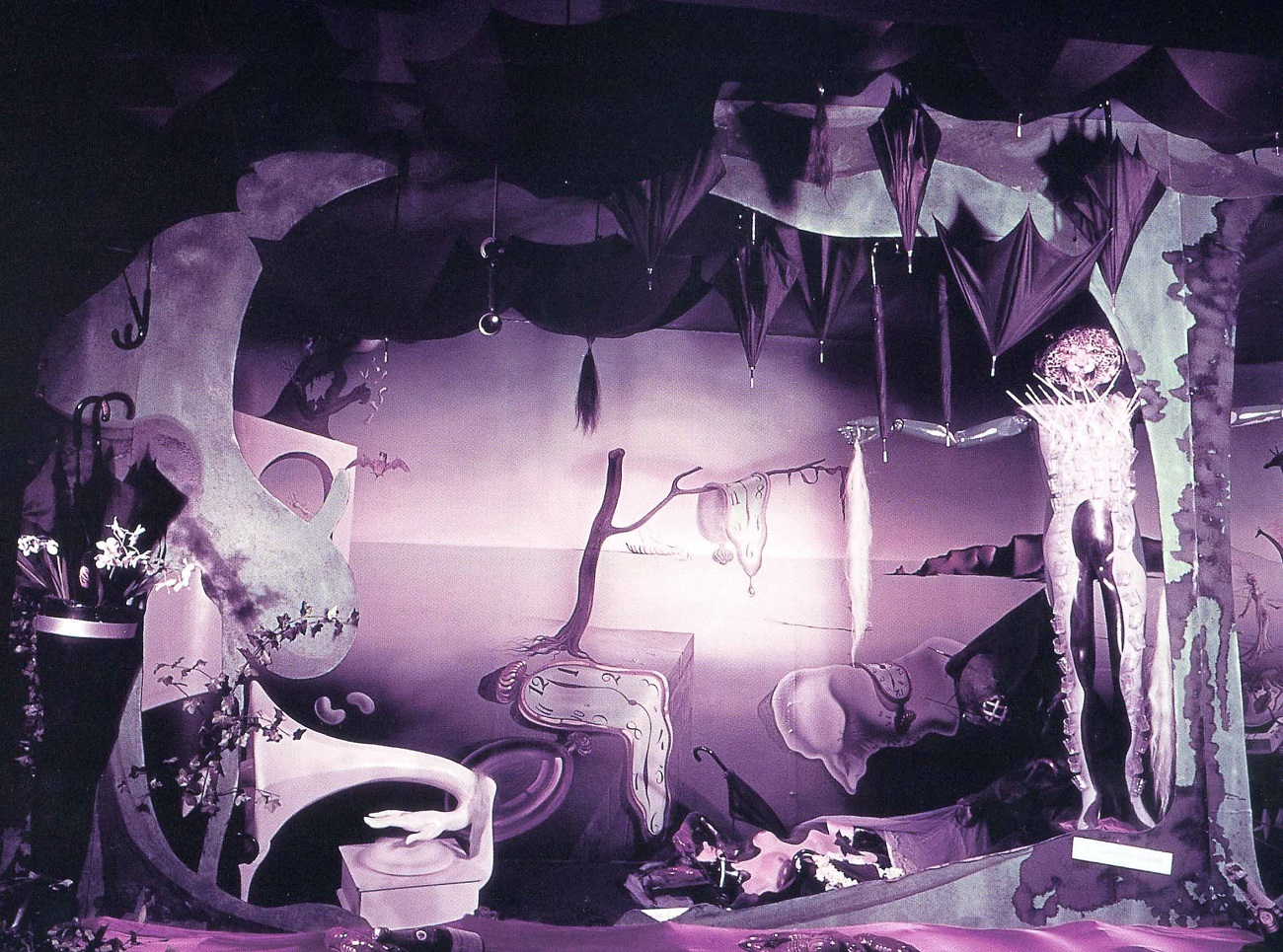At the height of Motown’s powers in the 1960s they were setting trends, not chasing them, but even that record company fell under the spell of the British Invasion. Sure, the jukebox R’n’B singles that made their way across the Atlantic were in the DNA of The Beatles, Rolling Stones, and the Who, but in the mid’60’s the label decided they needed a beat group of their own. That’s how one of the weirdest tales of pop music unfolded, and would have stayed a tiny footnote if it weren’t for the future fame of two of the Mynah Birds’ members: funk overlord Rick James and folk-rocker-noisemaker Neil Young.
Yes, for a brief period of time they were in the same band together in Toronto, Canada, part of an exploding beat group scene that was mostly all white. “I was an authentic R&B singer living in a city where white musicians were striving to play authentic R&B,” Rick James wrote in his autobiography quoted in Bandsplaining’s above video. “That added to my status. It also got me laid.”
James Ambrose Johnson Jr., had been in Canada for two years already, having escaped the Vietnam draft by fleeing north in 1964. Saved from a bar brawl by future members of The Band, Levon Helm and Garth Hudson, he entered the music scene and adopted the name Ricky Matthews, as a way to hide his identity. The Mynah Birds began in 1964 and even put out a single on Columbia that went nowhere. They tried (and failed) again in 1965, with an ever-changing line-up. Ricky Matthews though, remained the dynamic lead singer.
Enter Neil Young. As Rick James tells it, he was looking to change their sound and he saw Neil Young playing in a coffeehouse and asked him to join. (James’ recollection is in the above video.) However, Kevin Plummer in the Torontoist has a different version:
One day—most likely in the fall of 1965, but some say in early 1966—Young was walking down Yorkville Avenue with an amp on his shoulder. As he passed, Palmer struck up a conversation. The Mynah Birds were, once again, without a lead guitarist, so he asked Young to join—despite the fact that Young only owned the twelve-string acoustic. “I had to eat,” Young is quoted in John Einarson’s Neil Young: Don’t Be Denied (Quarry Press, 1992). “I needed a job and it seemed like a good thing to do. I still liked playing and I liked Bruce so I went along. There was no pressure on me. It was the first time that I was in a band where I wasn’t calling the shots.”
As Young and James were soon to share a basement apartment and a whole lot of drugs, the participants can be forgiven for their hazy memories.
The video also conflates their svengali (John Craig Eaton, a department store heir who bankrolled the band and gave them rehearsal space) with their manager (folk singer and fan Morley Shelman). Whether it was Eaton, Shelman, or just luck, within two months of having Young in the band, and a reputation for wild, amphetamine-driven concerts—the band had signed a seven-year contract with Motown, the first mostly-white act to do so.
Neil Young remembered the first album sessions in an interview with Cameron Crowe:
We went in and recorded five or six nights, and if we needed something, or if they thought we weren’t strong enough, a couple of Motown singers would just walk right in. And they’d Motown us! A couple of ’em would be right there, and they’d sing the part. They’d just appear and we’d all do it together. If somebody wasn’t confident or didn’t have it, they didn’t say, ‘Well, let’s work on this.’ Some guy would just come in who had it. Then everybody was grooving. And an amazing thing happened—we sounded hot. And all of a sudden it was Motown. That’s why all those records sounded like that.
Rick James was worried about entering the States and being arrested for avoiding the draft. But in Detroit he was safe. It was when he returned that the trouble began—he discovered that Shelman had apparently spent their advance on a fancy new motorbike and a not-so-fancy heroin habit. A fight broke out and Shelman retaliated by ratting James out. James turned himself in to the American authorities and the Mynah Birds’ career—at least the James/Young version—ended. Only four of the tracks recorded for the album were ever released, two at the time as a single, the other two in 2006 as part of a Rhino Records Motown retrospective. More are rumored to exist but they remain hidden away in a vault at best, destroyed at worst.
Young would move to California soon after and join Buffalo Springfield. James, once out of jail, would make his way back into the recording industry, ironically returning to Motown. Band members Goldy McJohn and Nick St. Nicholas would form Steppenwolf. And through it all, James and Young remained friends.
Related Content:
Visualizing the Bass Playing Style of Motown’s Iconic Bassist James Jamerson: “Ain’t No Mountain High Enough,” “For Once in My Life” & More
Catch Stevie Wonder, Ages 12–16, in His Earliest TV Performances
Neil Young Releases a Never-Before-Heard Version of His 1979 Classic, “Powderfinger”: Stream It Online
Ted Mills is a freelance writer on the arts who currently hosts the Notes from the Shed podcast and is the producer of KCRW’s Curious Coast. You can also follow him on Twitter at @tedmills, and/or watch his films here.


